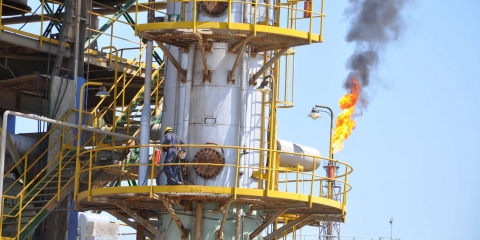ISIS: Forgotten But Not Gone
Despite complete territory loss in recent months, ISIS still has plenty of life left, and its predecessors have recovered from far more difficult situations in the past. ISIS has more manpower, money, and reliable networks than it ever had before it began controlling territory. Considering how successful the group became with less resources, its current […]Megan O'Dwyer writes for Small Wars Journal:
Despite complete territory loss in recent months, ISIS still has plenty of life left, and its predecessors have recovered from far more difficult situations in the past. ISIS has more manpower, money, and reliable networks than it ever had before it began controlling territory. Considering how successful the group became with less resources, its current status should still be very worrisome. Combine these factors with diminishing interest from policymakers,impending critical infrastructure shortages in Iraq, inadequate reconstruction funds to Sunni-dominated areas, and ISIS’s history of co-opting civil unrest, and suddenly an ISIS resurgence doesn’t seem so far-fetched.
The group originally emerged as al-Qaeda in Iraq (AQI) in 2003 after capitalizing on sectarian tensions and conflict brought on by the U.S invasion. However, a series of AQI bombings in 2005 targeting civilian Muslims alienated its key demographic, and the U.S.-funded Awakening Movement — an initiative which armed Sunni tribes frustrated with AQI’s brutal tactics and attempts to govern — nearly destroyed the group in the late 2000s. Despite near annihilation and a fraction of the support that the group has today, AQI reemerged as the Islamic State (IS) with shocking success in 2014.





